-
 Bitcoin
Bitcoin $112400
0.86% -
 Ethereum
Ethereum $4509
-0.37% -
 XRP
XRP $2.968
-0.52% -
 Tether USDt
Tether USDt $0.9999
-0.02% -
 BNB
BNB $876.4
2.10% -
 Solana
Solana $214.3
4.69% -
 USDC
USDC $0.9998
-0.01% -
 Dogecoin
Dogecoin $0.2241
1.86% -
 TRON
TRON $0.3447
-0.45% -
 Cardano
Cardano $0.8586
0.25% -
 Chainlink
Chainlink $25.26
5.76% -
 Hyperliquid
Hyperliquid $45.95
-3.38% -
 Ethena USDe
Ethena USDe $1.001
-0.01% -
 Sui
Sui $3.491
0.92% -
 Stellar
Stellar $0.3830
0.57% -
 Cronos
Cronos $0.3333
27.15% -
 Bitcoin Cash
Bitcoin Cash $557.0
0.74% -
 Avalanche
Avalanche $24.75
0.77% -
 Hedera
Hedera $0.2406
0.46% -
 UNUS SED LEO
UNUS SED LEO $9.561
-0.08% -
 Litecoin
Litecoin $113.8
0.74% -
 Toncoin
Toncoin $3.187
1.26% -
 Shiba Inu
Shiba Inu $0.00001264
0.86% -
 Polkadot
Polkadot $3.995
3.37% -
 Uniswap
Uniswap $10.04
1.61% -
 Dai
Dai $0.9999
-0.01% -
 Bitget Token
Bitget Token $4.603
-0.87% -
 Monero
Monero $269.4
-1.07% -
 Aave
Aave $317.5
-1.55% -
 Ethena
Ethena $0.6731
10.25%
How to calculate Binance futures trading fees?
Binance Futures charges maker and taker fees based on order type, with discounts available via BNB holdings and VIP levels, reducing costs for active traders.
Aug 29, 2025 at 06:57 am

Understanding Binance Futures Fee Structure
1. Binance futures trading operates on a dual fee model consisting of taker and maker fees. These fees vary depending on whether the trader is adding liquidity to the market or removing it. A maker order is one that adds liquidity by not being executed immediately, while a taker order removes liquidity by matching an existing order.
2. The standard taker fee on Binance Futures is 0.04%, while the maker fee is typically 0.02%. These base rates apply to users who haven’t qualified for any fee discounts through BNB holdings or VIP status. Fees are charged in the settlement currency of the contract, which is often USDT or BUSD for most perpetual contracts.
3. Traders can reduce their fees by using BNB to pay. Holding BNB in your futures wallet allows for a discount on trading fees, usually around 25% off when selecting BNB as the fee payment method. This discount applies to both maker and taker fees, making it a cost-effective strategy for active traders.
4. Volume-based fee tiers are determined by a user’s 30-day trading volume and account equity. Higher trading volumes lead to lower fees. Binance categorizes users into VIP levels, each with progressively better fee rates. These levels are influenced by both individual and API-assisted trading activity.
5. It's important to monitor fee changes through Binance’s official fee schedule page, as rates and policies may be adjusted. Promotions or limited-time offers may also temporarily alter fee structures, especially during periods of high market volatility or new product launches.
Calculating Fees for Specific Trades
1. To calculate the fee for a futures trade, multiply the contract value by the applicable fee rate. For example, opening a $10,000 position with a taker fee of 0.04% results in a fee of $4. This calculation applies to both long and short positions, as fees are based on notional value, not direction.
2. If the same $10,000 trade uses a maker order at 0.02%, the fee would be $2. This highlights the benefit of placing limit orders that rest on the order book rather than market orders that execute immediately.
3. When using BNB to pay fees, the discounted amount is automatically deducted from the BNB balance in the futures wallet. For the $4 taker fee, a 25% discount reduces it to $3, with $1 worth of BNB used to cover the discount portion.
4. Fees are charged on both opening and closing positions. A round-trip trade (open and close) incurs fees twice. For a $10,000 taker trade opened and closed, the total fee would be $8 under standard rates.
5. Cross and isolated margin modes do not affect fee calculations. The fee structure remains consistent regardless of the margin type used, as fees are based solely on trade size and order type.
Impact of VIP Levels and BNB Balance
1. VIP levels on Binance range from 0 to 9, with each level offering lower maker and taker fees based on trading volume and average holdings. For instance, VIP 1 might have a taker fee of 0.038% and a maker fee of 0.018%, improving further at higher levels.
2. Users can check their current VIP level in the Binance Futures fee tier section. This level updates dynamically based on 30-day performance, allowing traders to adjust strategies to maintain or improve their status.
3. Holding BNB not only provides a discount but also contributes to VIP eligibility. The platform considers BNB holdings when calculating overall account equity, which influences VIP classification and fee rebates.
4. For traders with significant volume, combining high BNB balance and elevated VIP status can reduce taker fees below 0.02%, dramatically cutting trading costs over time. This makes fee optimization a critical component of profitable futures trading.
5. Fee discounts apply only if sufficient BNB is available in the futures wallet. If the balance is insufficient, the remaining fee is paid in the settlement currency, and the full standard rate applies without discount.
Frequently Asked Questions
How are Binance Futures fees charged if I close a position with a different order type than I opened it with?Fees are calculated independently for each trade. If you open with a market order (taker) and close with a limit order (maker), you’ll pay the taker fee on entry and the maker fee on exit. The order type at execution determines the fee, not the initial entry method.
Can I change my fee payment currency after placing a trade?No. The fee payment method—either in the settlement currency or BNB—must be selected before the trade executes. Users can adjust this setting in the futures trading interface under fee preferences, but changes only apply to future trades.
Are there any hidden fees in Binance Futures trading?Binance discloses all fees transparently. Beyond taker and maker fees, funding fees apply to perpetual contracts and are exchanged between long and short traders every 8 hours. These are separate from trading fees and depend on the prevailing funding rate at the time of settlement.
What happens if I don’t have enough BNB to cover the discounted fee?If your BNB balance is insufficient, Binance will deduct as much as possible using BNB at the discounted rate and charge the remainder at the standard rate in the settlement currency. To maximize savings, maintain an adequate BNB balance in your futures wallet.
Disclaimer:info@kdj.com
The information provided is not trading advice. kdj.com does not assume any responsibility for any investments made based on the information provided in this article. Cryptocurrencies are highly volatile and it is highly recommended that you invest with caution after thorough research!
If you believe that the content used on this website infringes your copyright, please contact us immediately (info@kdj.com) and we will delete it promptly.
- XRP Price, Large Transactions, Record Volume: What's the Buzz?
- 2025-08-29 07:05:12
- Trump Price Rebounds: Canary Capital's Spot TRUMP ETF Sparks Frenzy
- 2025-08-29 07:05:12
- 21Shares, SEI ETF, and Token Rewards: A New Era for Crypto ETFs?
- 2025-08-29 07:25:13
- DYDX Price Surges Amid Platform Launches and Community Upgrade Buzz
- 2025-08-29 07:25:13
- Helium (HNT) Crypto: Altcoin Overhaul Setting Up for a Breakout?
- 2025-08-29 05:05:28
- Shiba Inu: Whale Activity and Exchange Inflows - A Deep Dive
- 2025-08-29 05:25:19
Related knowledge
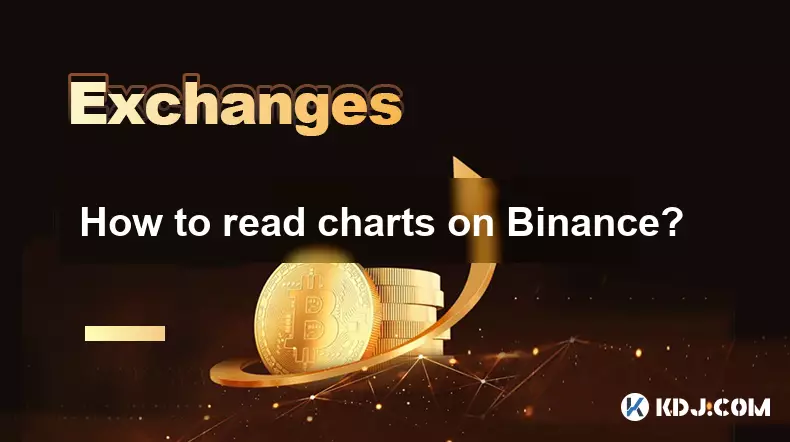
How to read charts on Binance?
Aug 29,2025 at 08:28am
Understanding Candlestick Patterns1. Each candlestick on Binance represents price movement over a specific time interval, such as one minute, five min...
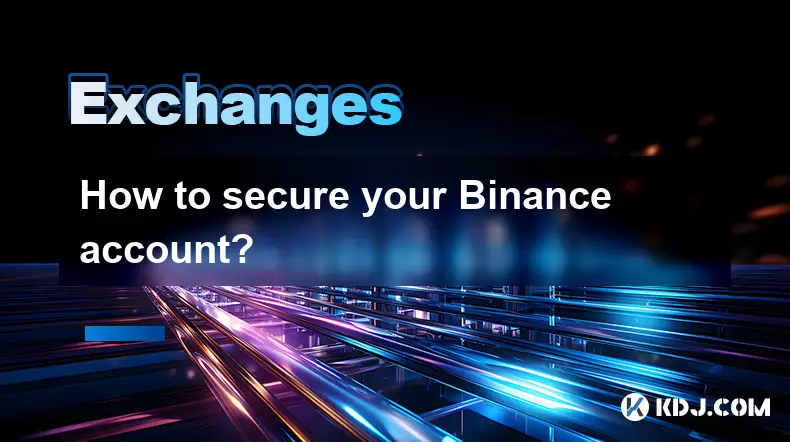
How to secure your Binance account?
Aug 29,2025 at 07:01am
Enable Two-Factor Authentication1. Navigate to your Binance account settings and locate the security section. Activate Google Authenticator for a time...

How to calculate Binance futures trading fees?
Aug 29,2025 at 06:57am
Understanding Binance Futures Fee Structure1. Binance futures trading operates on a dual fee model consisting of taker and maker fees. These fees vary...
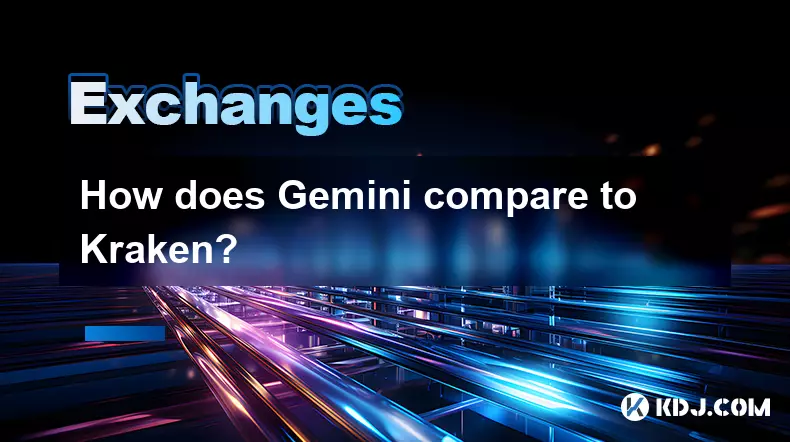
How does Gemini compare to Kraken?
Aug 29,2025 at 07:42am
Gemini vs Kraken: Exchange Structure and Regulatory Approach1. Gemini operates under a New York Trust Charter, which grants it the status of a regulat...
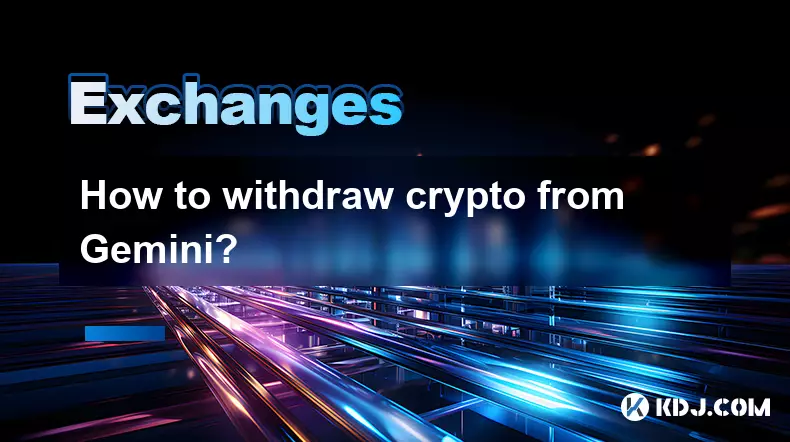
How to withdraw crypto from Gemini?
Aug 29,2025 at 07:15am
Understanding the Withdrawal Process on Gemini1. Log in to your Gemini account using your secure credentials. Navigate to the 'Balances' section, wher...
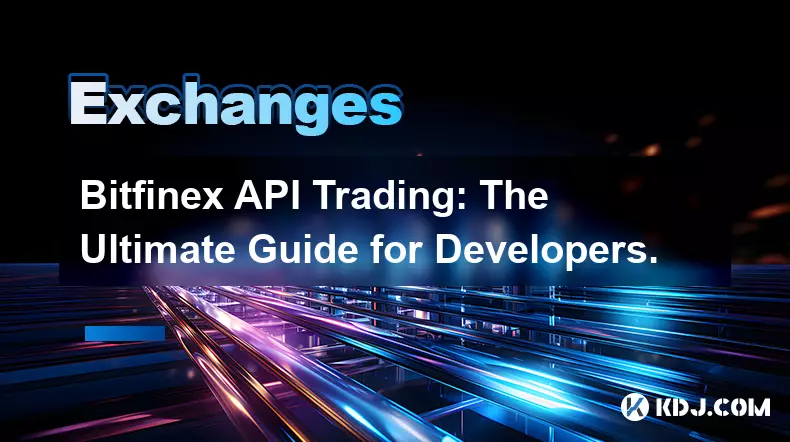
Bitfinex API Trading: The Ultimate Guide for Developers.
Aug 29,2025 at 06:29am
Understanding Bitfinex API Basics1. Bitfinex provides a comprehensive REST and WebSocket API that allows developers to interact with its trading engin...

How to read charts on Binance?
Aug 29,2025 at 08:28am
Understanding Candlestick Patterns1. Each candlestick on Binance represents price movement over a specific time interval, such as one minute, five min...

How to secure your Binance account?
Aug 29,2025 at 07:01am
Enable Two-Factor Authentication1. Navigate to your Binance account settings and locate the security section. Activate Google Authenticator for a time...

How to calculate Binance futures trading fees?
Aug 29,2025 at 06:57am
Understanding Binance Futures Fee Structure1. Binance futures trading operates on a dual fee model consisting of taker and maker fees. These fees vary...

How does Gemini compare to Kraken?
Aug 29,2025 at 07:42am
Gemini vs Kraken: Exchange Structure and Regulatory Approach1. Gemini operates under a New York Trust Charter, which grants it the status of a regulat...

How to withdraw crypto from Gemini?
Aug 29,2025 at 07:15am
Understanding the Withdrawal Process on Gemini1. Log in to your Gemini account using your secure credentials. Navigate to the 'Balances' section, wher...

Bitfinex API Trading: The Ultimate Guide for Developers.
Aug 29,2025 at 06:29am
Understanding Bitfinex API Basics1. Bitfinex provides a comprehensive REST and WebSocket API that allows developers to interact with its trading engin...
See all articles























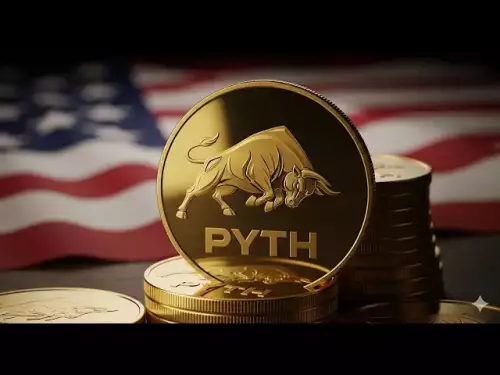

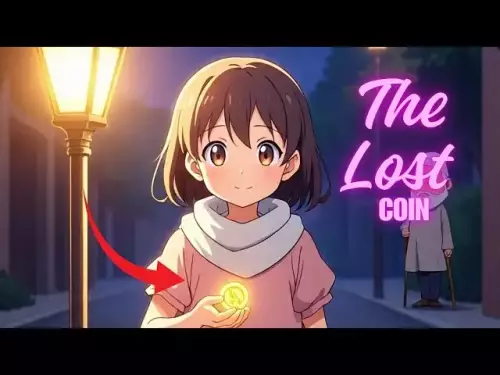
![28 August 2025 - [Evening]Mr Mint (MNT) Zoom Call | Latest Update & Future Plans | Stepmint | 28 August 2025 - [Evening]Mr Mint (MNT) Zoom Call | Latest Update & Future Plans | Stepmint |](/uploads/2025/08/29/cryptocurrencies-news/videos/august-evening-mint-mnt-zoom-call-update-future-plans-stepmint/68b08b4c56a56_image_500_375.webp)





























































